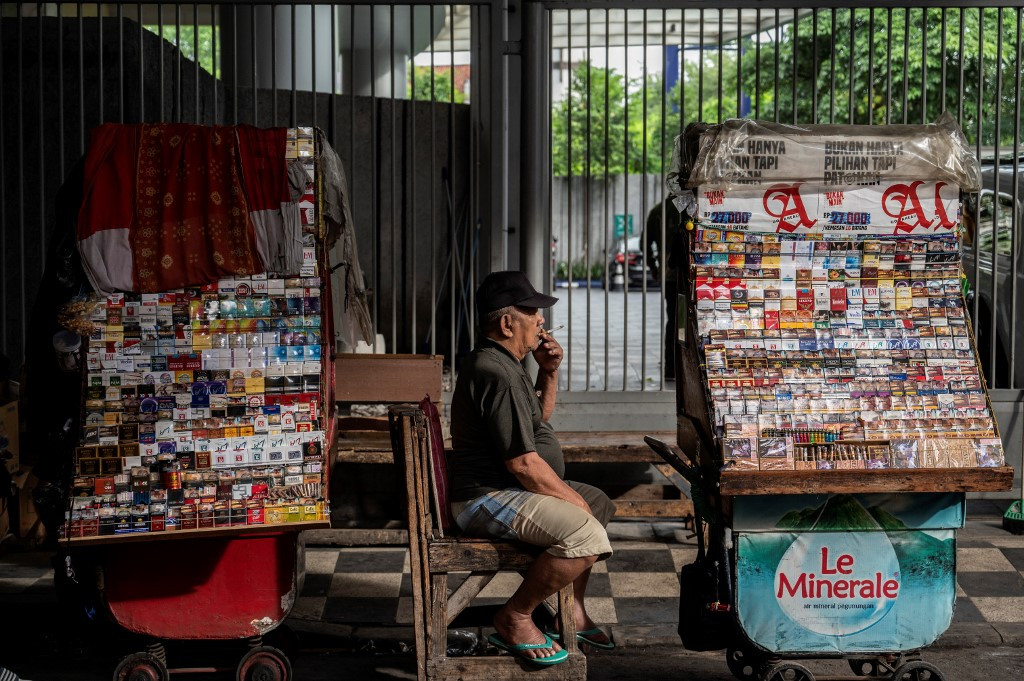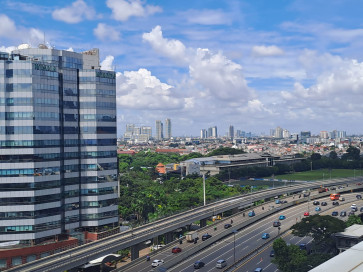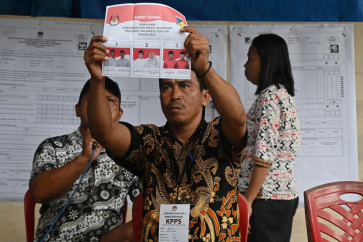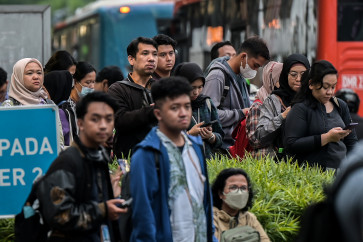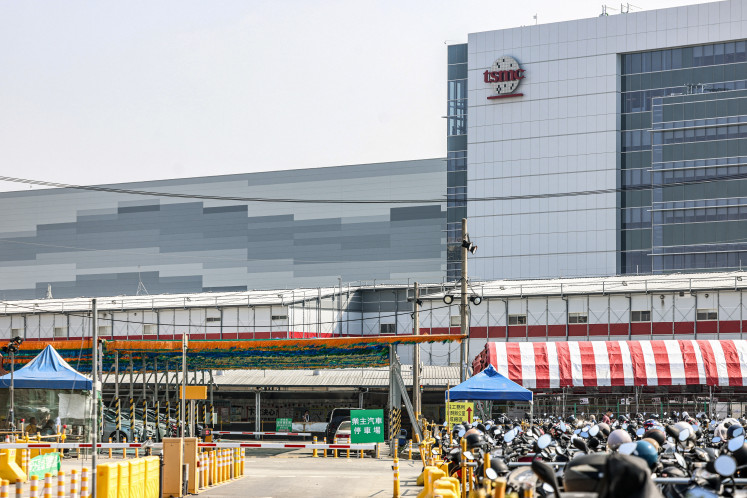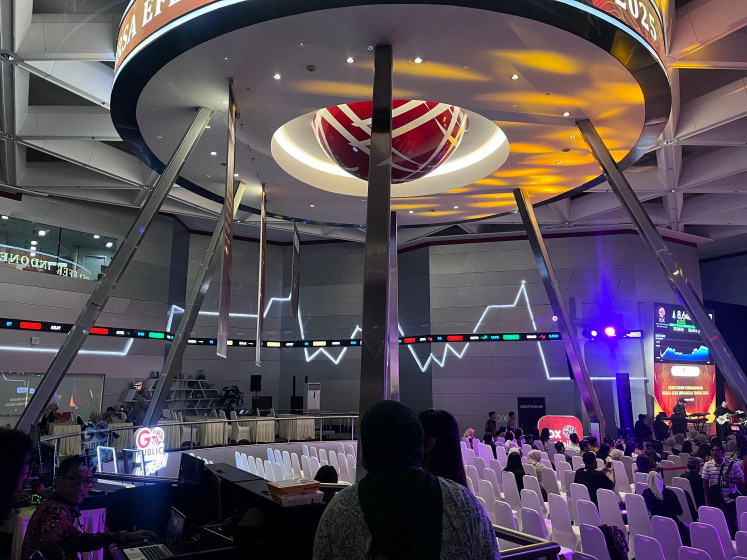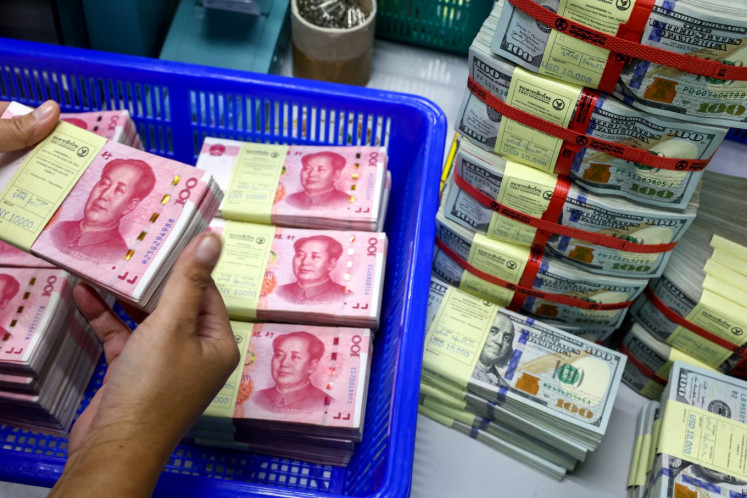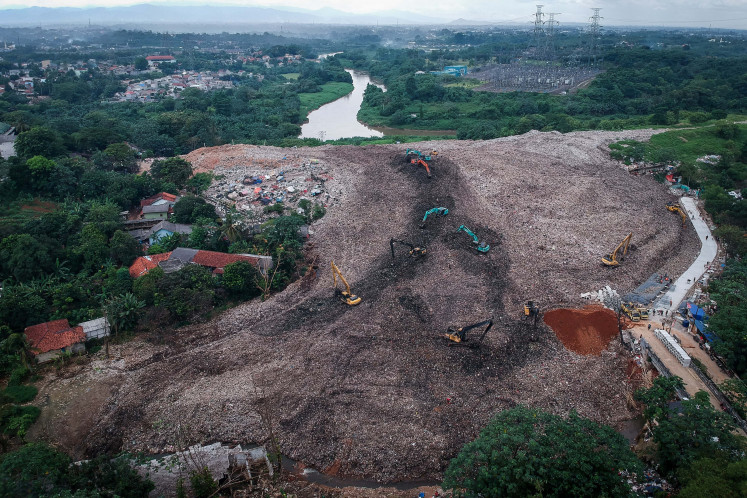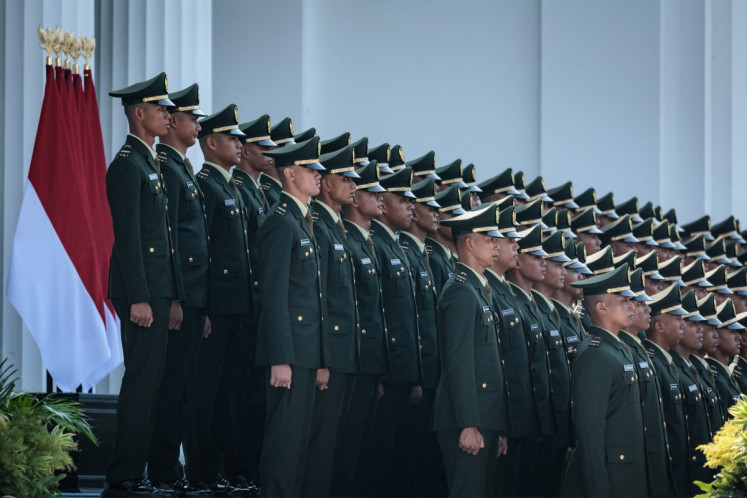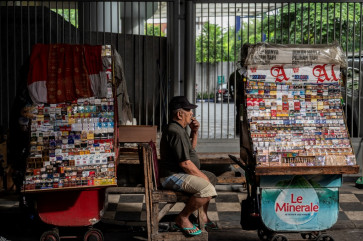Popular Reads
Top Results
Can't find what you're looking for?
View all search resultsPopular Reads
Top Results
Can't find what you're looking for?
View all search resultsChoosing a better path for tobacco excise
The country needs to shift from its complex, nine-tier excise system to a simplified, uniform excise rate, complemented by a funding mechanism and training program that protects livelihoods.
Change text size
Gift Premium Articles
to Anyone
I
ndonesia’s tobacco excise policy presents a great puzzle. On the one hand, it is a remarkable success for the national budget, consistently bringing in huge amounts of government revenue. Last year, it generated Rp 215.3 trillion (US$12.9 billion), accounting for 95.9 percent of total excise revenue. On the other hand, the country has struggled to achieve its health goals, as it is still home to one of the highest number of smokers in the world.
This situation creates a policy that seems to be at war with itself, succeeding in one area while falling short in another.
One of the key aspects of this puzzle lies in how the excise is designed. The government uses a very complex system with nine different excise layers, or tiers, for various cigarette products. While this system was created with good intentions, it has led to unintended problems that weaken the policy’s ability to improve public health and secure long-term government revenue. It is this complex structure that needs a closer look.
This system is designed to balance four important national goals: controlling cigarette consumption, maximizing government revenue, protecting the jobs of tobacco industry workers and fighting the illegal cigarette trade. This multilayered structure reflects the government’s attempt to find a middle ground that satisfies all these competing interests at the same time.
However, this multilayered excise system encourages smokers to switch to cheaper cigarettes instead of quitting, while creating wide price gaps between different types of cigarettes. When the price of a premium cigarette brand rises due to an excise hike, many smokers simply move to a cheaper brand in a lower excise tier.
This behavior, known as “downtrading”, means that while people are spending less, they are still smoking, which defeats the policy's health objective and limits potential revenue growth.
A review of the past decade shows that gradual adjustments to the excise structure have not been sufficient to effectively reduce smoking. The government has been simplifying the system from a highly complex 25 tiers in 2009 down to nine tiers today. Yet these positive steps have not led to the desired improvements in public health.

